This article was co-authored by Laura Marusinec, MD. Dr. Marusinec is a board certified Pediatrician at the Children's Hospital of Wisconsin, where she is on the Clinical Practice Council. She received her M.D. from the Medical College of Wisconsin School of Medicine in 1995 and completed her residency at the Medical College of Wisconsin in Pediatrics in 1998. She is a member of the American Medical Writers Association and the Society for Pediatric Urgent Care.
There are 11 references cited in this article, which can be found at the bottom of the page.
wikiHow marks an article as reader-approved once it receives enough positive feedback. In this case, 87% of readers who voted found the article helpful, earning it our reader-approved status.
This article has been viewed 123,705 times.
Sinus infections are often secondary infections that occur after a common cold or after a respiratory allergy. It is important that you learn to identify and treat the symptoms of a sinus infection in order to prevent the spread of illness and complications of untreated sinus infection.[1]
Steps
Treating Sinus Infections at Home
-
1Recognize the symptoms of a sinus infection. Sinus infections in children are characterized by persistent cold-like symptoms. Sinusitis can be caused by a bacterial, fungal, or viral infection.
- Cold-like symptoms of sinus infections include persistent sneezing, coughing, and congestion that lasts for two weeks or more. In addition, your toddler may have green nasal discharge and sore throat.[2]
- Your child may also complain of facial pain or headache that is linked to congestion and present with puffy eyes.
- Sinus infections often cause fevers in young children of 102°F (39°C) or higher.
- Chronic sinus infections consist of symptoms that last three months or longer with several episodes within a year. [3]
-
2Give your toddler acetaminophen or ibuprofen to help relieve pain and fever. You can use over-the-counter (OTC) pain medications to help manage your child’s facial pain, headache, and fever associated with sinus infection.
- Make sure that you are only giving your toddler the dose that is appropriate for her age and weight. Check with a nurse or your toddler’s pediatrician if you are not sure what kind of dose to give to your child.
- A fever that is under 101°F (38°C) in a toddler is considered low-grade and can be treated with medication.
- Keep your eye on your child if her fever is between 101°F (38°C) and 103°F (39.4°C); if it does not go down after a few hours of treating your child with OTC medication or lasts longer than three days, call your pediatrician.[4]
- A fever that is 104°F (40°C) or higher and does not come down within a couple of hours after giving your toddler medication requires immediate medical attention.[5]
- OTC medications that can be used to treat your child’s fever include ibuprofen (e.g., Advil) for children six months and older and acetaminophen (e.g., Tylenol) for infants two months and older.
- Do not treat your toddler’s fever with aspirin. Aspirin should not be given to children under the age of 18 because it can cause a rare but potentially fatal disease called Reye's syndrome.[6]
Advertisement -
3Keep your child well hydrated. Keeping your toddler hydrated helps to alleviate many of his sinus infection symptoms, including congestion, vomiting, and fever. There are a variety of ways to keep your child hydrated.[7]
- Give your child cool beverages to stay hydrated. Pedialyte and Gatorade may be extra helpful by providing a boost of electrolytes.
- If your child has a sore throat, a popsicle may help to ease the pain while also providing fluids.
- Older toddlers may also be served warm or cold caffeine-free herbal tea with honey to ease a sore throat.
- Please note that honey should not be given to a child under one year of age due to the risk of botulism.[8]
- You can also give your sick toddler chicken soup, which is a good source of fluids and nutrients.
-
4Give your toddler a bath. Giving your toddler a bath allows can help relieve some of the symptoms of sinusitis. The steam from a warm bath can help ease congestion and loosen mucus.
- Taking a lukewarm bath may also help to reduce your toddler’s fever. Make sure that the water is not hotter than 90°F (32.3°C) or too cold.[9]
- Your toddler may also benefit from having a warm, moist towel over her face to help reduce facial pain and open up the sinuses.
-
5Use saline nose drops. Much of your child’s discomfort comes from his packed sinuses and nasal passages. You can help release mucus by using saline nose drops and suction.
- Use salt water nose drops to help thin mucus in your child’s sinuses. Put drops into his nostrils according to the directions on the packaging.[10]
- Use a bulb syringe to suction off the mucus.
-
6Run a cool mist humidifier in your child's room. Extra moisture in the air helps to thin the mucus in your child’s sinuses and nasal passages. Running a cool mist humidifier overnight can help relieve pressure and ensure a better sleep.[11]
- Make sure you keep the humidifier clean and dry to keep mold and bacteria from spreading through the air.
-
7Ensure your child gets plenty of rest. As with any illness, your child needs plenty of rest in order to fight off a sinus infection. Make sure that your child has a comfortable place to sleep and that he rests during the day.
- If your child is restless, give him quiet entertainment such as an interactive video or low-energy toys to play with.
- Keep your child out of daycare so that he does not spread the infection.
-
8Do not use over-the-counter decongestants and antihistamines. Avoid giving your toddler OTC decongestants and antihistamine medications if she is under the age of four. Generally, these medications are not effective at treating sinus infections in young toddlers and are easy to overdose.
- OTC decongestants and antihistamine medications, such as Claritin and Benadryl, are not effective at treating upper respiratory infections, especially those caused by bacteria.[12]
- Talk to your doctor before giving any OTC medication to give your child. Your child's doctor can advise on allergy medications if your child has allergies along with a sinus infection.
Treating Sinus Infections at the Doctor’s Office
-
1Take your toddler to the pediatrician. If your toddler is not feeling better after a few days or his condition worsens, seek medical attention. Your child’s pediatrician can diagnose the cause of sinusitis and prescribe medication if needed.
- The pediatrician may perform an examination to see if your child has sinusitis, such as looking in the nasal cavity for polyps, shining a light through a sinus to look for signs of inflammation, or performing a nasal culture.She will also check your child's ears, throat and lungs.
-
2Ask if your child has an acute or chronic sinusitis. Your child may suffer from acute or chronic sinusitis, depending on the severity and duration of his infection. The doctor can help make the distinction and treat it accordingly.
- Chronic sinusitis tends to last 12 or more weeks or causes recurring infections four to six times in one year.
- Acute sinusitis typically lasts only a few weeks and the symptoms tend to be more severe within that short span of time.
-
3Ask the pediatrician whether your child needs antibiotics. Your toddler may require antibiotics in order to treat her sinusitis. Antibiotics are can be used to treat bacterial sinus infections but are not effective on viral infections.[13]
- The pediatrician is likely to prescribe antibiotics after your child has been ill for longer than 10 days, as this is a sign of a bacterial infection versus a viral infection.[14]
- If your child is prescribed a course of antibiotics, the medication should be taken as directed by your child’s doctor and no doses should be skipped even when your child begins to feel better.
-
4Consider allergy tests or treatment for your child. If your child has symptoms suggestive of allergies or known allergic triggers, then allergy testing or treatment may be in order. Children with allergies are more likely to have problems with sinus infections.
-
5Ask your doctor if your toddler needs surgery for chronic sinusitis. In extreme causes of recurrent or chronic sinusitis, the best course of action may be surgery. Your pediatrician can advise you about whether this is right for your toddler.
- Surgery is considered as the best option when your child has multiple episodes of sinusitis that cannot be relieved with medication therapy.
- A surgery generally consists of removing some of the tissue near the sinuses in order to allow mucus to move more freely.[15]
Understanding Sinus Infections
-
1Learn what causes sinusitis in toddlers. Understanding the mechanism behind sinusitis can help you gain a better appreciation of how to treat its symptoms. You may also be able to keep your toddler from contracting it.
- Acute sinusitis is typically caused by a bacterial, viral, or fungal infection that causes the sinuses to swell up, leaving mucus trapped and increasing pressure in the sinuses.
- Chronic sinusitis may be caused either by a severe infection or by structural abnormalities in the sinuses such as polyps or bone spurs, or abnormalities of the cilia that keep them from ushering mucus out of the sinuses.
- Allergic rhinitis is another risk factor for chronic or recurring sinus infections.
-
2Know the risk factors for sinusitis. Reduce your child’s risk of contracting sinusitis by educating yourself about the risk factors. You can take control of your child’s environment to help decrease her likelihood of suffering from a sinus infection.
- If your child is immunosuppressed, she is more likely to contract an infection. To support a healthy immune system, give your toddler a nutritious diet and plenty of rest.[16]
- Teach your toddler how to reduce risk of illness by following a proper hygiene at daycare or school. For example, ask for your toddler to wash her hands before eating a snack and after using the restroom.
- Keep your child’s respiratory tract healthy by keeping her away of smoky environments.
- Never take your toddler to school or daycare when she is sick in order to prevent the spread of illness.
-
3Learn how to prevent sinusitis. Armed with an understanding of what causes sinusitis, you can take steps to prevent it. Making small changes can improve your child’s health.
- When the air is dry in your home, especially if you are running the heater, use a humidifier to help your child breathe easy.[17]
- Take care of your child’s cold and flu symptoms early before the illness turns into a sinus infection. This can include preventative measures such as getting a flu shot and other routine childhood immunizations.[18]
- Make sure that your child washes his hands thoroughly and often, especially when playing with other children, in order to decrease his risk of contracting an infection.[19]
Warnings
- Never give aspirin to a child, because it can cause a rare but potentially fatal disease called Reye's syndrome.⧼thumbs_response⧽
References
- ↑ http://health.clevelandclinic.org/2014/09/sinus-infections-that-dont-quit-when-you-should-worry/
- ↑ https://www.nlm.nih.gov/medlineplus/ency/article/000647.htm
- ↑ http://www.entnet.org/content/pediatric-sinusitis
- ↑ http://www.askdrsears.com/topics/health-concerns/childhood-illnesses/fever
- ↑ http://www.askdrsears.com/topics/health-concerns/childhood-illnesses/fever
- ↑ http://www.askdrsears.com/topics/health-concerns/childhood-illnesses/fever
- ↑ http://www.babycenter.com/0_dehydration-in-children_11407.bc
- ↑ http://kidshealth.org/parent/infections/bacterial_viral/botulism.html#
- ↑ https://www.nationwidechildrens.org/conditions/fever
- ↑ http://www.entnet.org/content/pediatric-sinusitis
- ↑ https://medlineplus.gov/ency/article/002104.htm
- ↑ http://www.entnet.org/content/pediatric-sinusitis
- ↑ https://www.healthychildren.org/English/safety-prevention/at-home/medication-safety/Pages/Antibiotic-Prescriptions-for-Children.aspx
- ↑ https://www.nlm.nih.gov/medlineplus/ency/article/000647.htm
- ↑ http://www.entnet.org/content/pediatric-sinusitis
- ↑ https://www.nlm.nih.gov/medlineplus/ency/article/000647.htm
- ↑ http://kidshealth.org/parent/infections/lung/sinusitis.html#
- ↑ http://kidshealth.org/parent/infections/lung/sinusitis.html
- ↑ http://kidshealth.org/parent/infections/lung/sinusitis.html
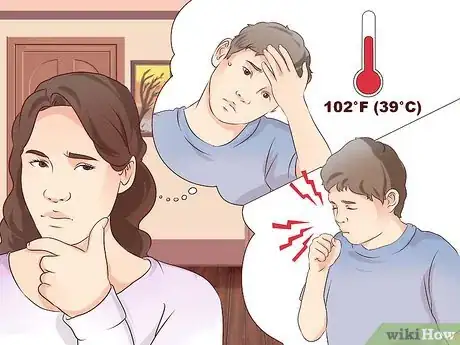
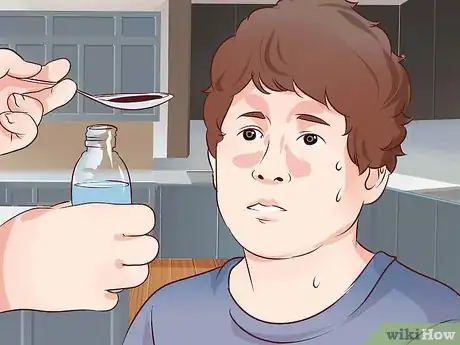
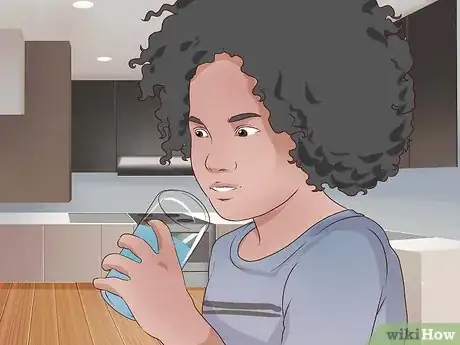

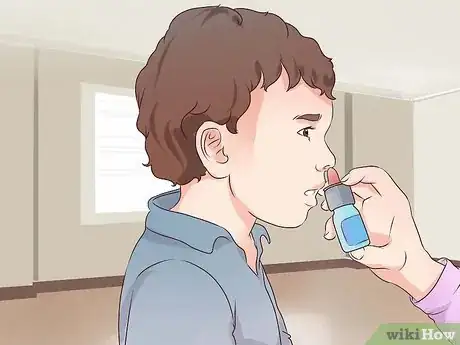
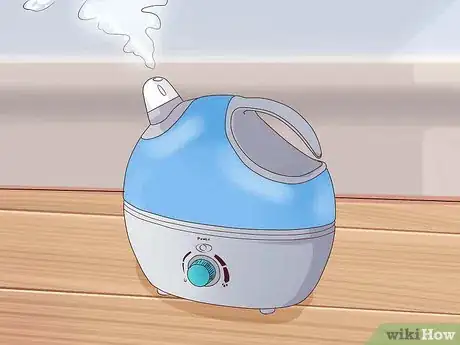
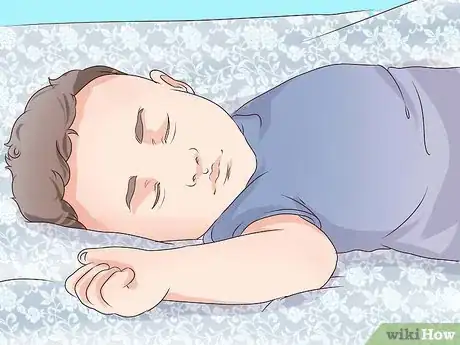
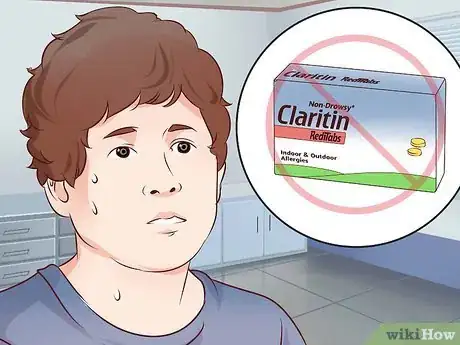
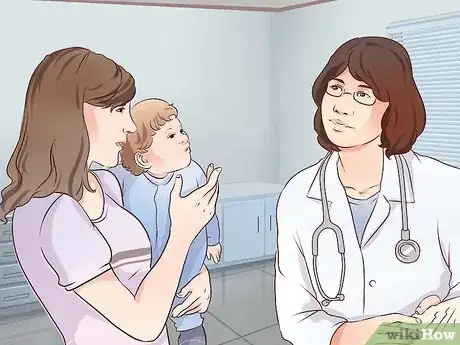
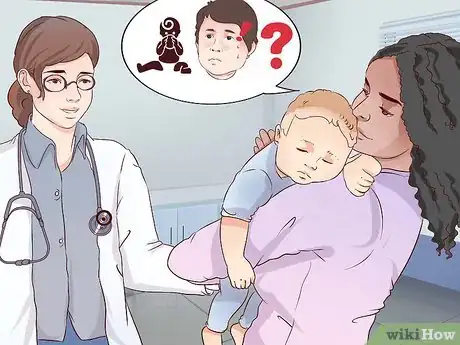
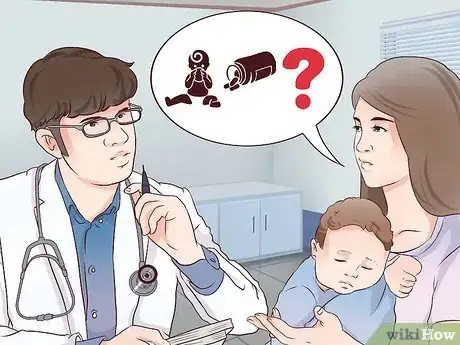
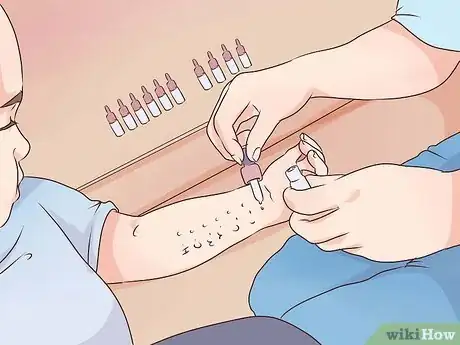
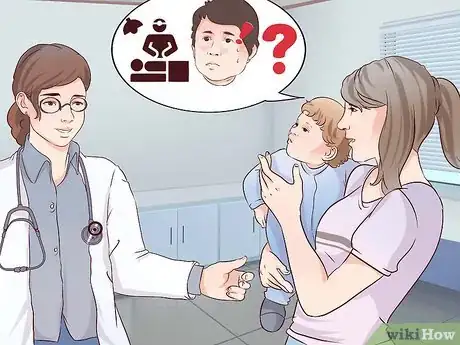


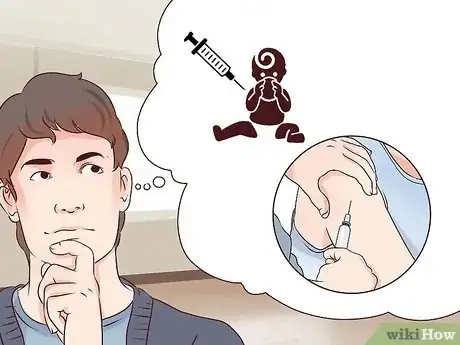
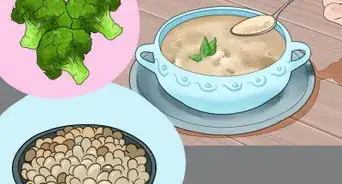
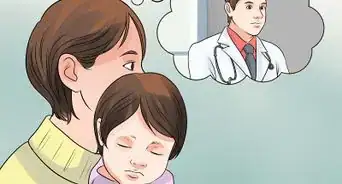
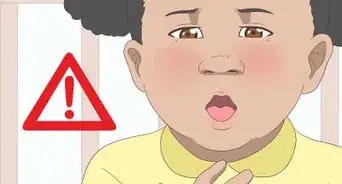
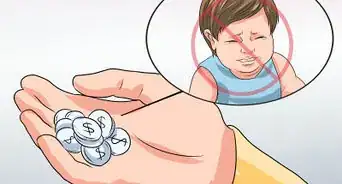
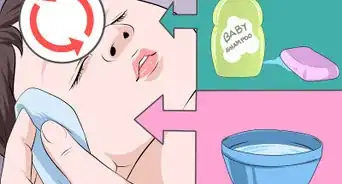
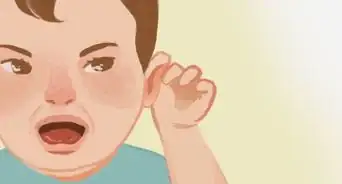










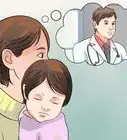
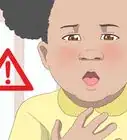
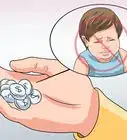



































Medical Disclaimer
The content of this article is not intended to be a substitute for professional medical advice, examination, diagnosis, or treatment. You should always contact your doctor or other qualified healthcare professional before starting, changing, or stopping any kind of health treatment.
Read More...